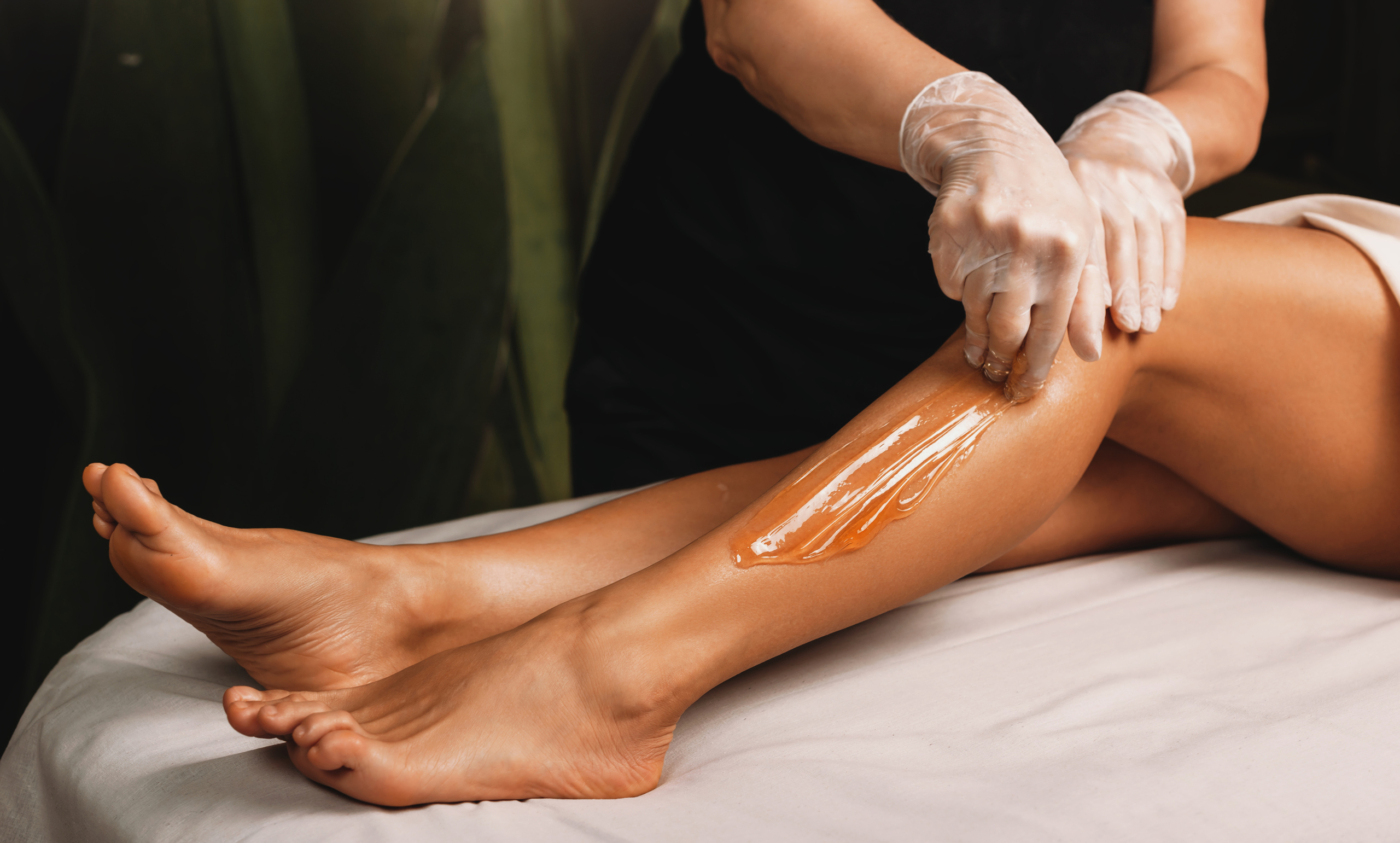Revealing the Top Shaving Techniques for Resilient Hair Elimination Outcomes

Pre-Waxing Prep Work
To guarantee optimal results and reduce discomfort during the waxing procedure, correct pre-waxing prep work is essential. Prior to any type of waxing therapy, it is crucial to extensively clean the skin to remove any kind of dirt, oils, or creams that could conflict with the wax's adhesion. Scrubing the skin carefully a day or 2 before the appointment helps to eliminate dead skin cells, permitting the wax to grasp the hair better. Furthermore, it is a good idea to avoid sun direct exposure and warm treatments, such as warm showers or saunas, instantly before waxing, as this can make the skin more sensitive and vulnerable to irritability.
Moreover, it is essential to guarantee that the hair is the ideal length for waxing. Preferably, hair should be around 1/4 to 1/2 inch long to achieve the best results. If the hair is as well short, the wax might not have the ability to grasp it correctly, bring about insufficient hair removal. On the other hand, if the hair is also long, it can make the waxing procedure a lot more uncomfortable. By complying with these pre-waxing preparation actions, customers can experience a smoother and more comfortable waxing session with resilient outcomes.

Picking the Right Wax Kind
Choosing the proper sort of wax is crucial for achieving lasting and efficient hair elimination outcomes. There are different kinds of waxes offered out there, each catering to various skin types and hair textures. Comprehending the distinctions between them can assist you pick the appropriate wax for your requirements.
One common type of wax is soft wax, which is commonly used with fabric strips for bigger locations of the body. This type of wax is excellent for delicate locations like the bikini line and face, as it holds the hair much more than the skin, lowering pain (Laser Hair Removal).
In addition, there are additionally sugar waxes and wax strips offered for at-home use. Sugar waxes are understood for being gentler on the skin, while wax strips use benefit and ease of usage. Consider your skin sensitivity, hair density, and the targeted body location when choosing the appropriate wax kind for your waxing requirements.
Correct Hair Length for Waxing
For effective waxing results, ensuring the correct hair length is necessary to attain optimum hair removal. The suitable hair length for shaving is usually about 1/4 to 1/2 of an inch visit homepage long. Hair that is too short may not adhere well to the wax, making it testing to remove, while hair that is too long can cause increased discomfort throughout the shaving process and may cause uneven elimination.
When hair is as well brief, the you could try here wax may not be able to grasp the hair effectively, leading to incomplete hair removal and the demand for more constant waxing sessions. On the various other hand, hair that is as well long can enhance the risk of breakage instead than clean removal from the origin. This damage can cause in-grown hairs and a much shorter period before the hair grows back.
To make sure the very best shaving experience and results, it is suggested to allow your hair grow bent on the optimal length prior to arranging your waxing appointment - Laser Hair Removal. This size enables the wax to stick effectively to the hair, resulting in smoother and longer-lasting hair elimination
Application Strategy for Finest Results

Post-Wax Look After Smooth Skin
Efficient post-wax treatment is vital for preserving healthy and smooth skin after hair elimination treatments. One of the most vital actions in post-wax care is to avoid warm showers, saunas, or steam rooms for at the very least 24 hours after waxing to avoid additional inflammation or opening of the hair roots.
Moisturizing the skin is an additional crucial facet of post-wax care. Using a gentle, alcohol-free cream assists to keep the skin moisturized and nourished. Aloe vera gel can additionally be useful in relaxing the skin and lowering redness or swelling post-waxing. Exfoliating the skin delicately a couple of days after waxing can assist avoid ingrown hairs and keep the skin smooth. Last but not least, it is advisable to stay clear of sun exposure quickly after waxing to avoid skin damage and hyperpigmentation. By adhering to these find more info post-wax treatment pointers, you can preserve smooth, healthy skin and prolong the effects of your shaving treatment.
Conclusion
In final thought, adhering to proper pre-waxing preparation, selecting the proper wax kind, making sure the right hair length, applying the wax strategy appropriately, and following post-wax care instructions are important action in attaining lasting hair elimination outcomes. By adhering to these strategies diligently, people can experience smoother and hair-free skin for an extensive period of time.
If the hair is too brief, the wax might not be able to grasp it effectively, leading to incomplete hair removal.For efficient waxing results, guaranteeing the proper hair length is crucial to achieve optimal hair removal. Hair that is also short might not adhere well to the wax, making it challenging to remove, while hair that is as well long can create boosted pain throughout the shaving process and may result in uneven elimination.
When hair is too short, the wax might not be able to grasp the hair successfully, leading to incomplete hair removal and the demand for more frequent waxing sessions. Applying the wax in the exact same instructions as hair development permits for far better attachment to the hair follicles, resulting in more reliable removal.